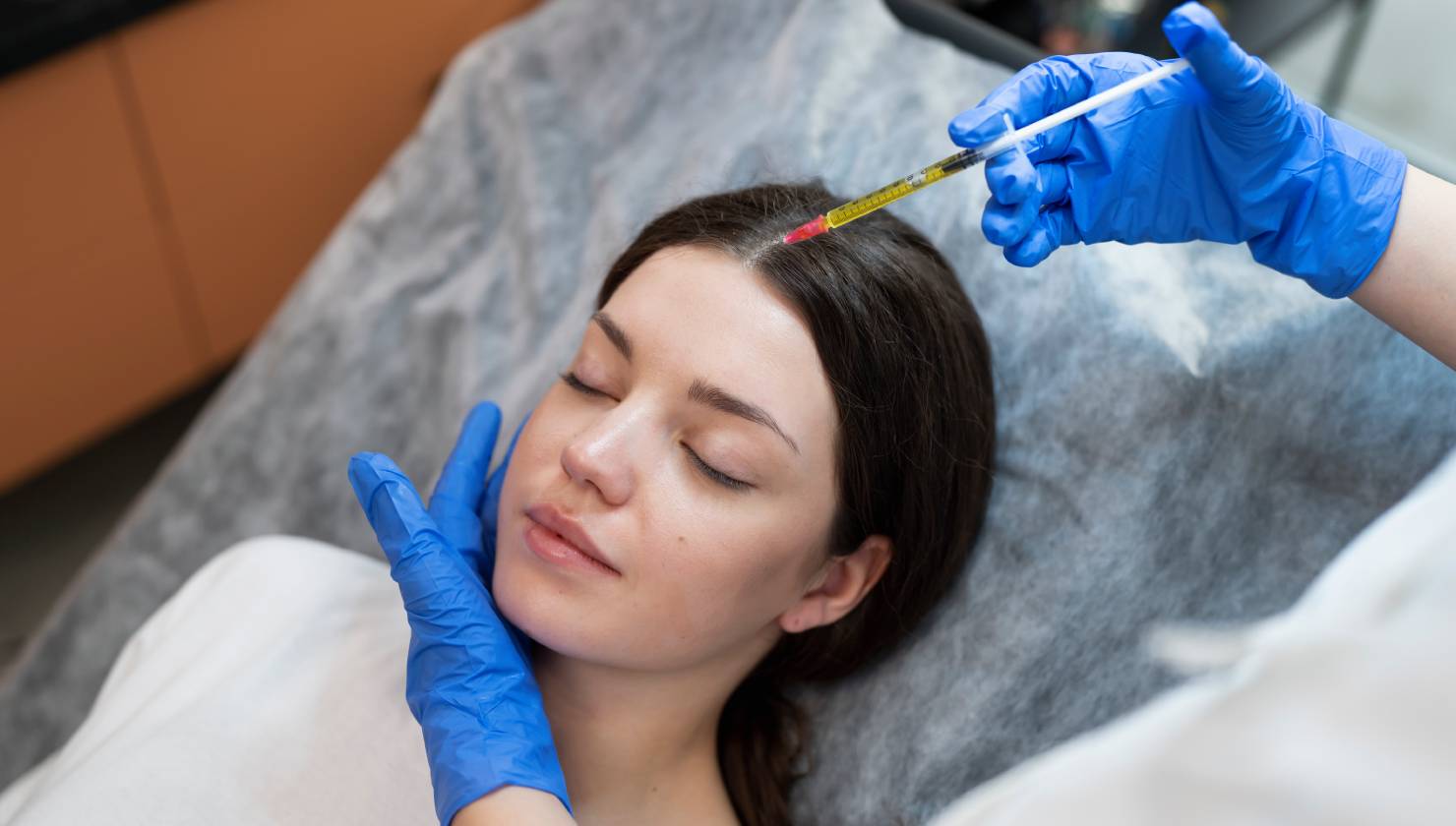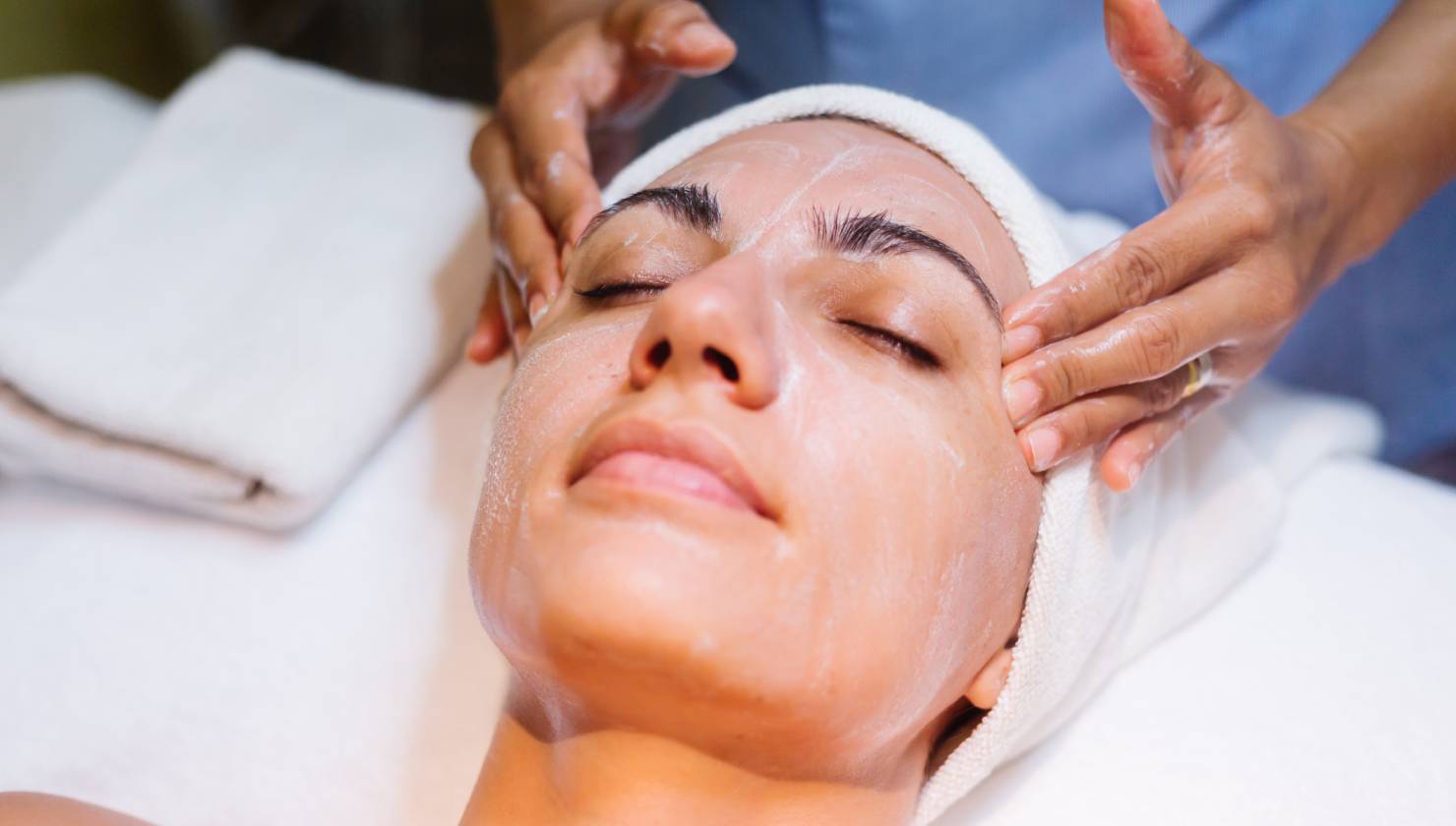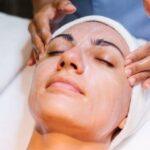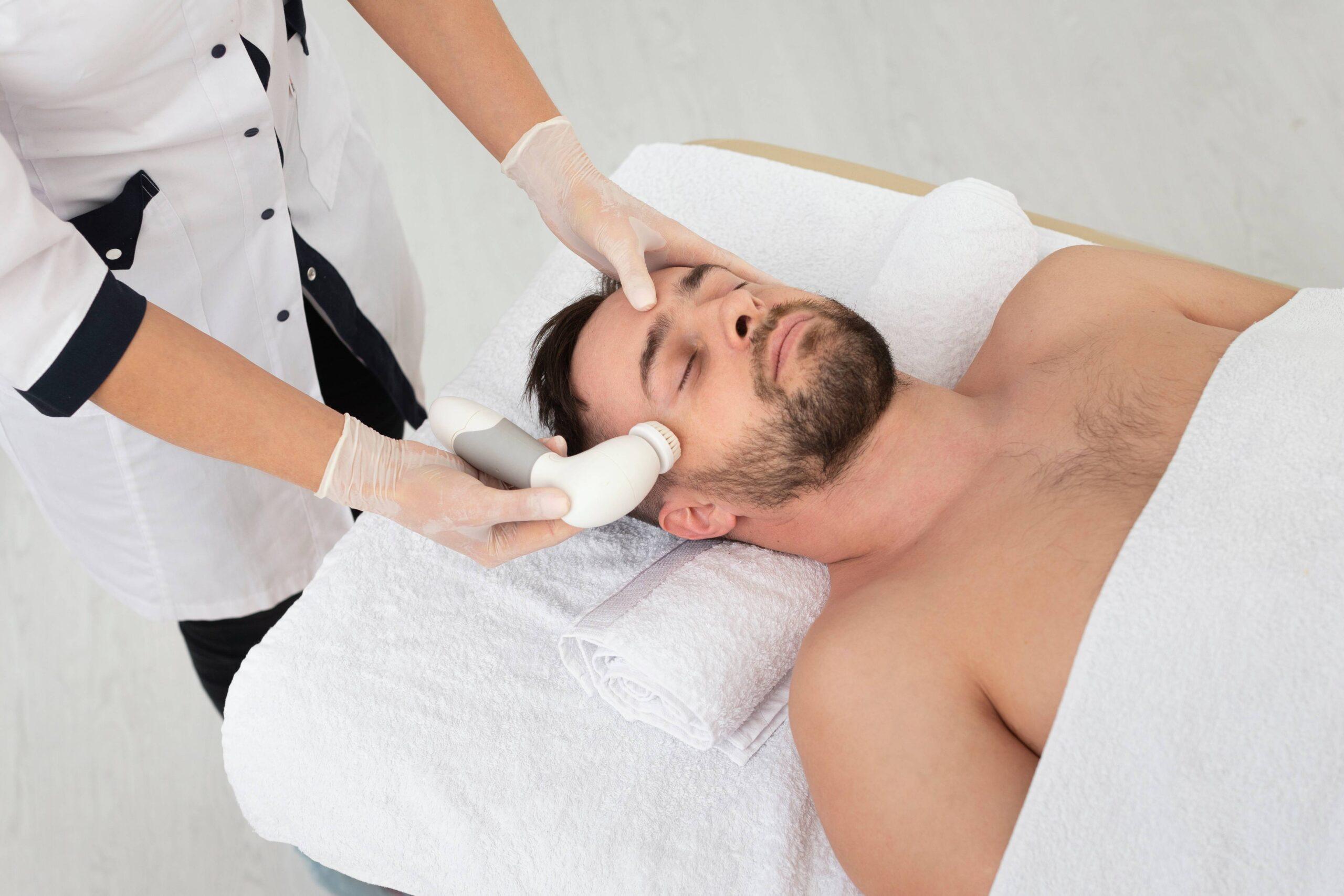Platelet-Rich Plasma, or PRP, refers to a medical treatment where a small amount of a patient’s own blood is drawn, processed, and then used to promote healing, regeneration, or rejuvenation. The idea is that certain components in the blood—especially platelets, which are rich in growth factors—can stimulate and speed up the body’s natural repair processes.
How PRP Works
When a small blood sample is taken, it is placed in a centrifuge, a special machine that spins the blood. This process separates the blood into different layers: red blood cells, plasma, and platelets. PRP is made by isolating and concentrating the platelets and plasma—so it contains many more platelets than normal blood.
Once prepared, the platelet-rich plasma is injected (or otherwise applied) into the area that needs healing. The high concentration of growth factors helps by:
Stimulating repair and new tissue growth
Increasing blood flow to the injured/damaged area
Reducing inflammation
Encouraging collagen production and cellular regeneration
What Conditions Can PRP Be Used For
PRP has been used in several medical and aesthetic fields. Here are some common uses:
Orthopaedic or Sports Injuries: Tendons, ligaments, muscles, joints—such as tendonitis, sprains, and tears.
Degenerative Joint Disease / Osteoarthritis: To reduce pain and improve joint function.
Skin Rejuvenation & Cosmetic Uses: Enhancing skin texture, reducing fine lines and wrinkles, improving scar healing.
Hair Loss / Alopecia: Stimulating hair follicles for improved growth and thickness in thinning hair.
What to Expect: The Procedure & Recovery
A typical PRP procedure includes:
Medical evaluation to ensure suitability.
A small blood draw, similar to a routine test.
Centrifugation to isolate and concentrate platelets.
Application or injection of PRP into the targeted area, sometimes guided by imaging.
After treatment, mild soreness, swelling, or discomfort may occur at the site. These usually subside within a few days. Improvements are often seen gradually over weeks to months, depending on the condition treated.
Benefits of PRP
Uses your own blood, so risk of rejection or allergic reaction is minimal.
Promotes natural healing rather than masking symptoms.
Minimally invasive compared to surgery.
Useful when conventional treatments haven’t been fully effective, such as in chronic tendon problems or slow-healing injuries.
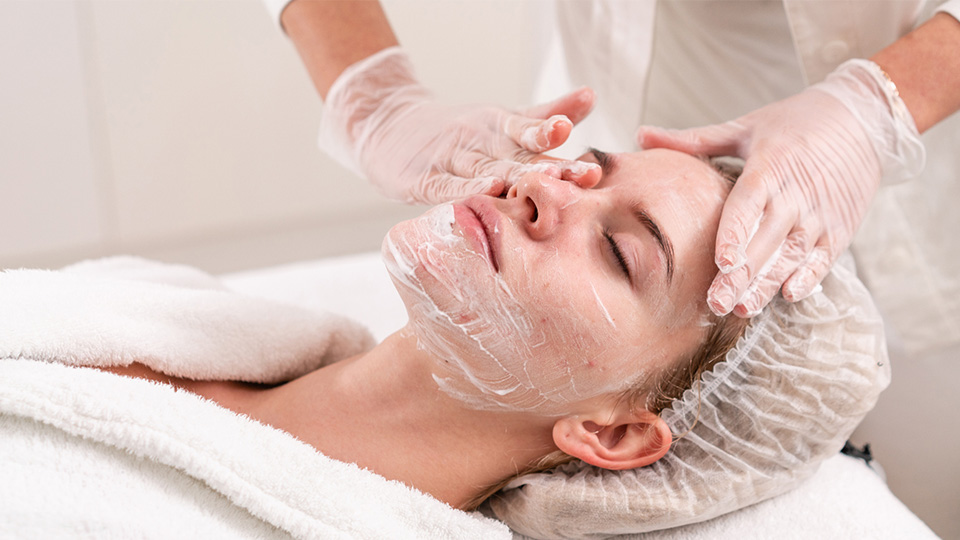
Risks, Limitations & Things to Consider
Results vary—PRP doesn’t work the same for everyone.
Effectiveness depends on how PRP is prepared (platelet concentration, technique, etc.).
Mild side effects like pain, swelling, or bruising may occur. Rarely, infection can develop if proper care isn’t taken.
Multiple sessions may be required for best results.
Costs can be a factor, and some conditions may not be covered by insurance.
Is PRP Right for You? What To Ask a DoctorWhen considering PRP for hair, skin, joint pain, or injury, ask:What protocol do they follow (platelet concentration, preparation method)?How many treatment sessions will be needed?What realistic results can you expect?What are the risks or side effects?Are there alternative treatments?
Conclusion
PRP therapy is a promising, regenerative approach that uses your body’s own healing power to treat issues ranging from sports injuries to hair loss to skin rejuvenation. It’s not a quick fix, but under the right conditions and with expert guidance, it can provide noticeable, lasting results.
If you’re considering PRP, OSSOM’s specialists can guide you through the process and help determine if this treatment is right for you.



